#Basque Autonomous Country
Text

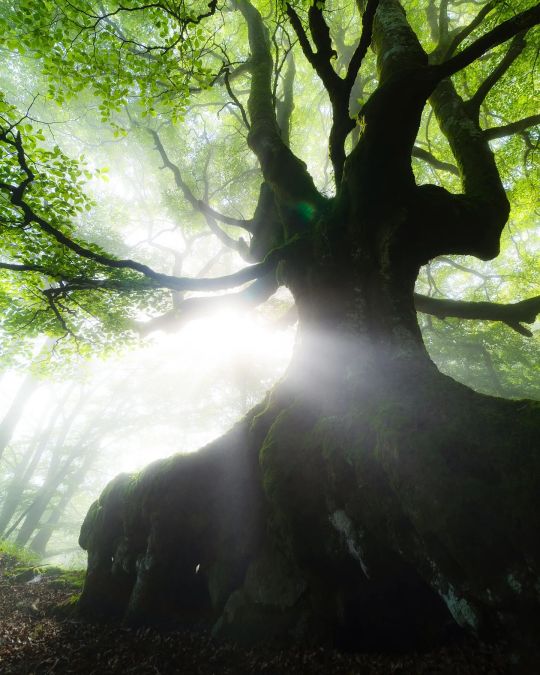

Guardians of the Forest
hectorprada83
601 notes
·
View notes
Text
I've seen the weirdest responses to Guernica's protesting for Palestine and the sounding of the sirens; the stupidest of which said something to the effect of "proof that Spain is still a fascist country"
Like bro the Basque people are historically anti-fascist to the extreme and characterized as terrorists because of it
Most of the autonomous communities tend to dislike the central government in Madrid, and most have suffered some kind of discrimination from the central government, but it's safe to say that the Basque Country and Cataluña are historically the most vocal about it - even in Spain, those two communities are stereotyped as the rebellious anti-monarchy types, or even "whining" or "terrorists" for how vocal they are
I can't blame the average person for not knowing the ins and outs of Spanish politics and history but it really does tell me that certain people's understanding of the European aspect of WW2 is limited to Germany, a little of Poland and France, and the treatment of Jewish people - but have real blind spots when it comes to what else was going on and who else was suffering from the Nazis
It also tells me some people's understanding of WW2 stops at 1945
(And it tells me you know nothing of Picasso... but art, and Picasso in general, is not everyone's cup of tea)
#let's be real spain has many reasons to be accused of fascism in the modern age#but one community protesting is not one of them#no one in spain - not madrid or the basques or anyone else - would think you could generalize all of spain based on the basque country
143 notes
·
View notes
Text

They've turned Basque society into Basque-speakers, erasing every trace of their roots as well as their western heritage, without any objection.
Official X account of the government of the Autonomous Community of Madrid.
1 - Why tf is the government of Madrid even commenting on Basque society?
2 - Verb "euscaldunizar" [of course they went for the Spanish orthography!] is obviously a Basque loanword. It comes from euskaldun which means Basque speaker (literally, the one who has the Basque language), and here it's used as something pejorative. Because Spanish nationalism = rampant Basquephobia.
3 - "They" - referring to PNV - made Basque people Basque speakers. There weren't Basque speakers before PNV in her head. Wow.
4 - Those erased roots... are they here in this room with us?
5 - And WTF is "western heritage", bitch, the West is considered to be a group of many countries and nations, each with their own heritage, wtf are you even talking about!!
#euskal herria#basque country#pays basque#pais vasco#euskadi#spain#politics#spanish nationalism#ughhhhhh#basquephobia#once again this shit#i can't
40 notes
·
View notes
Text
just came across this map, i think it's quite interesting! it shows the identity sentiment of pertenance to a province / autonomous community by province, in brown-ish you have those provinces where the feeling is strongest, and in blue-ish those where the feeling is lowest.

the conclusions i can get while looking at it are
galicians, catalonians, basques and canarians are the ones with the highest regional identity. that should be no surprise, it makes a lot of sense as their cultures are the most distinct
all of castile has the lowest regional identity, which also kinda make sense i guess.
you can clearly see the two largest autonomic disputes in the country: guadalajara not feeling manchego (in fact i found this map on a tweet from someone from guadalajara demanding they secede from la mancha) and the old kingdom of león (león, zamora and salamanca) not feeling castilian.
andalusia is also quite interesting to me because you can clearly see the split between western and eastern andalusia. the west feels very andalusian, while the east not so much, especially almería.
the 'neutral' ones are the most interesting to me i think. i understand why madrid is like that, and i sorta get the balearic islands as well (people there tend to identify with their island and not the autonomy?), as well as murcia (people from cartagena would rather have a province of their own) but i have no clue about most of these
feel free to add your thoughts !!!
16 notes
·
View notes
Note
Sorry I’m not sure if this is a dumb question or not but could you please explain to me what the selección catalana is 🫶🫶

no, not a dumb question at all. i talk about it a little bit in this post, but basically spain is not a homogenous country. rather, it is made up of autonomous communities, which have their own culture, history, right to self government, and language. catalunya and país vasco (basque country) are examples of this.
because of this rfef allows for the establishment of these regional football teams, e.g., the catalunya national team (selección catalana), valencian team, etc.
these football teams cannot compete at uefa or fifa sanctioned tournaments like the euros or world cup. but they can participate in friendlies or other non-sanctioned events.
that's why we had the catalunya team assemble for the friendly match against paraguay today. hope that helps!
11 notes
·
View notes
Text
spanish people gotta be the most insecure mfs on the planet
saw a video of a Basque exchange student who introduced himself by saying he was from Basque country and the comments were 50% filled with angry people saying ‘ITS JUST SPAIN JAJAJAJA YOURE SPANISH 🇪🇸🇪🇸’
like. jesus fucking christ. for a country that so frequently denies it’s colonial history they seem pretty damn proud to declare that the regions they colonized are somehow still spanish despite being autonomous and having their own language 😭
7 notes
·
View notes
Text

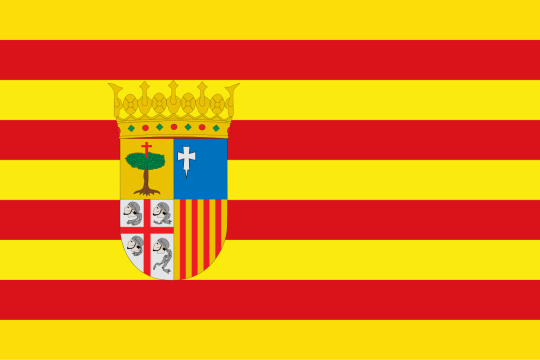
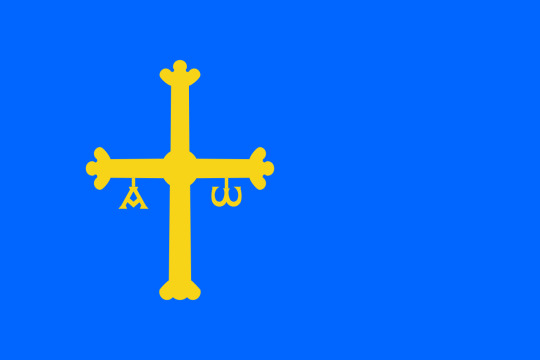





Flag Wars Bonus Round
8 notes
·
View notes
Photo
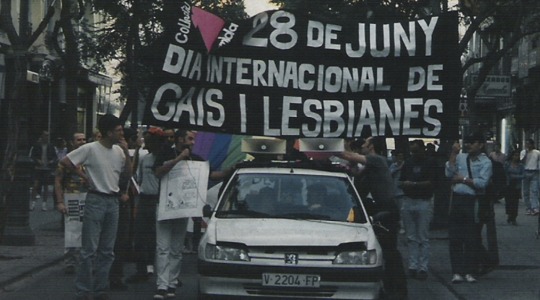
Photo: demonstration held by collective Lambda in the Valencian Country. Year unknown, probably in the late 1990s.
The political organization of the LGBTQIA+ community in the Catalan Countries took off in 1970, when the regime (at the time, Spain was a fascist dictatorship) passed a new law that controlled even more the people considered “socially dangerous”, paying special attention to same-sex attraction.
Franco’s fascist dictatorship (1939-1978), an ideology also called “NationalCatholicism”, was based on the beliefs of mandatory Catholicism and the Catholic morale (with the demonization of atheists), Spanish supremacism (and repression of the occupied nations such as Catalans, Basques and Galicians, as well as Romani people), and a strong patriarchal model in the family structure.
The State praised the ideas associated with masculinity as the political and cultural ideal, including aggressivity and the control over “his” women. Men had to marry women and become the breadwinner of the family, while women had to be submissive and dedicated only to obeying their husbands and sons.
In this context, othering those who had behaviours associated with women or homosexuals was used to delegitimize them and shun them from public space where they could be seen. The regime coupled the importance of heterosexuality with its role in producing children of the “Spanish race”, following the Catholic morale and transmitting the religion to the children.
Homophobia and transphobia were the common beliefs in society at the time, which ensured social punishment for queer people but, if the social control and self-censorship didn’t work, the State would step in with the law. The 1933 law known as vagos y maleantes (“law of idles and criminals” in Spanish) repressed the behaviours considered “antisocial”, mainly persecuting beggars, homeless and Romani people. It was altered in 1954 to include also homosexuality. This reform stated the following about homosexual people:
They had to be interned in special institutions such as work establishments or agricultural colonies, always with an absolute separation from the others.
They were forbidden from living in certain places and they always had to declare their place of residence.
They had to be monitored by guards.
They were also often arrested and beaten by the police. In 1970, a new reform of the vagos y maleantes law was even more repressive with anyone who deviated from the cisgender heterosexual norm. This triggered a response that organized the movement more than ever before, a movement that fought for the rights and freedom of the collective that at the time was called gais, lesbianes i travestis (“gays, lesbians and transvestites” in Catalan).

The first gay association in the Catalan Countries and in all the State of Spain was the Front d’Alliberament Gai de Catalunya (in Catalan, “Gay Liberation Front of Catalonia”, known by the initials FAGC), founded in 1975. The FAGC was a successful organization thanks to its activist and its ties with other leftist and pro-independence organizations in Catalonia that were also fighting against the fascist dictatorship, as well as second wave feminism.

FAGC demonstration in 1977 in Barcelona, Catalonia’s capital city.
The following year, 1976, people who had known the FAGC founded the Front d’Alliberament Homosexual del País Valencià (Homosexual Liberation Front of the Valencian Country, FAHPV). Despite its name, their actions were not limited to homosexuality: they considered that homosexuality was the representative or the public face, but that their fight was for a free sexuality for all orientations. The FAHPV was the second gay organization in the State of Spain and the first one that had an autonomous wing of lesbian fight.
The FAHPV broke up in early 1978 as a result of in-fighting, but later in the same year a new organization was formed, the Moviment per l’Alliberament Sexual del País Valencià (“Movement for the Sexual Liberation of the Valencian Country”, MAS-PV). This organization was pioneer because they used the frame of total liberation, not focused in the individual L, G, B and T letters but on the concept of sexual freedom from the cishetero norm and performativity, with little interest in the gay/lesbian identity that was often the central element at the time. This view was more similar to the queer movement that would come in the following decades with writers like Judith Butler.
Since 1986, the main organization for LGBTQIA+ rights in the Valencian Country is Lambda. And nowadays at the level of all the Catalan Countries, the strongest organization is Crida LGBTI.
Sources (in Catalan): “La lluita per l’alliberament LGTBIQ+ durant la Transició al País Valencià” in La Directa and “L’espurna del moviment valencià LGTBI” in El Temps.
#uselesslgbtfacts#història#lgbtqia+#lgbt history#lgbt#lgbtq#lgtb#gay history#gay#queer#queer history#franquismo#history#20th century history#lgbtqia#antifascism#lesbian history#pride month#país valencià#catalunya
134 notes
·
View notes
Text
The bloodiest civil war of the 20th century in Europe was the Spanish Civil War of 1936-1939. The end of the war according to the chronology of the Francoists is March 1939, when the “victorious units” of the rebel general F. Franco entered Madrid. While according to the version of the Republican part of Spain, the end of the war in one case is 1967, when the last remnants of regular units in the Oran Valley (Southern Catalonia) laid down their arms. According to another version, the resignation of the head of the republic in exile (L. H. Azua) - 1971. To this day, Spain (according to a public opinion poll, more than 53.6% of the population) still celebrates significant dates of the Spanish Republic (the day of the proclamation of the Republic , all holidays of the Republic), uses the symbols of the Republic, for example the tricolor. Most of the public organizations registered with the Spanish Ministry of Internal Affairs are of a socio-political profile (veteran organizations, trade union organizations, parties, even various discussion clubs at the place of residence belong to the republican profile). Of the 17 Spanish autonomous regions, 7 are majority-republican rather than monarchical in orientation. I will name the largest of them: Catalonia, Basque Country, Navarre, Asturias, Andalusia, Murcia.
The article is devoted to little-known fragments of events, practically unstudied even in the Spanish expert community, related to the course of the struggle on the “Northern Front” - the key phase of the Civil War in Spain, the decisive episodes in its course, after which the Civil War can be considered over, with a negative result for the Republican side.
Nothing is forgotten, no one is forgotten. Today, more than 80 years after the tragic events, the main conclusion that every researcher of the Spanish Civil War makes: in a civil war there can be neither winners nor losers. Everyone is a loser.
2 notes
·
View notes
Text
💛Vive le Tour💛
This year I will break down to you how TOUR DE FRANCE cycling tournament works.
As of the current year 2023, Le Tour had its 110th edition. Riders will have a total of 3 405,6 kilometers from Bilbao to Paris!

Last month, The Grand Départ took place in the autonomous region of the Basque Country after Saint-Sébastien’s in 1992.
After three stages on the western side of the Pyrenees, the rest of the Tour will take place in France. It will visit 6 regions and 23 departments.
STAGES
There will be 21 stages:
8 flat stages
4 hilly stages
8 mountain stages with
4 summit finishes (Cauterets-Cambasque, Puy de Dôme, Grand Colombier and Saint-Gervais Mont-Blanc)
1 individual time trial
2 rest days
MOUNTAINS
The race will visit all five of France’s mountain massifs. They are, in the order they occur, the Pyrenees, the Massif Central, the Jura, the Alps and the Vosges.

There are three new climbs: the Côte de Vivero (Basque Country), the Col de la Croix Rosier (Massif Central) and the Col du Feu (Alps).
The Puy de Dôme, which hasn’t appeared on the Tour route since 1988, will be making an eagerly awaited return after its 35-year absence.
The Col de la Loze (2,304m) will be the “roof” of the Tour de France 2023
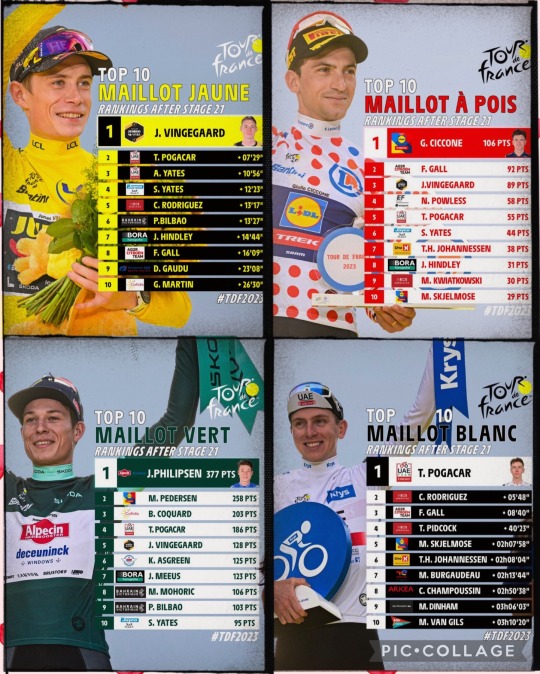
TIME TRIAL
There will be just a single individual test on the programme of the 110th edition. It will be held in the Alps, at altitude and in steep terrain, on the Passy > Combloux 16th stage, and over a distance of 22,4 km.
FOUR JERSEYS FOR FOUR MEN
For the first time since 2018, the four distinctive jerseys of the Tour de France went to four different riders.

Every stage of the 2023 edition shaped the battles that put Jonas Vingegaard in yellow, Tadej Pogačar in white —for the very last time—, Jasper Philipsen in green, and Giulio Ciccone in the polka dots.
PRIZE MONEY

Team Jumbo-Visma, The Netherlands
A total of 2,3 million euros will be awarded to the teams and riders including € 500,000 to the final winner of the overall individual classification.
LE TOUR 2023:
https://x.com/letour/status/1683185117013897216?s=46&t=J95BnjonnOQZpOfqvg4Img
3 notes
·
View notes
Text
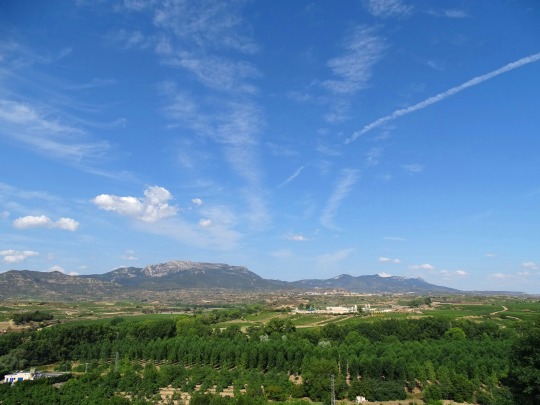
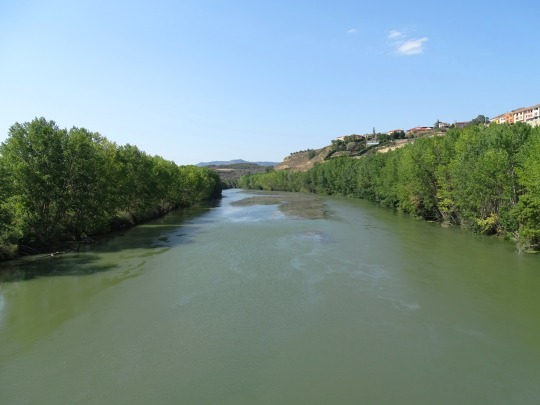

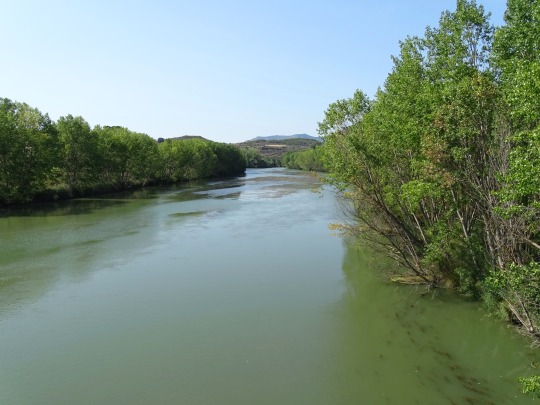
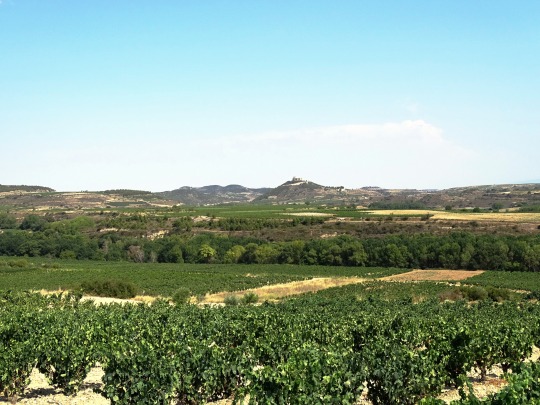
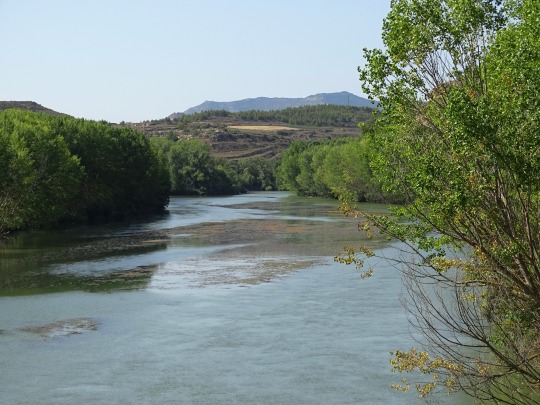

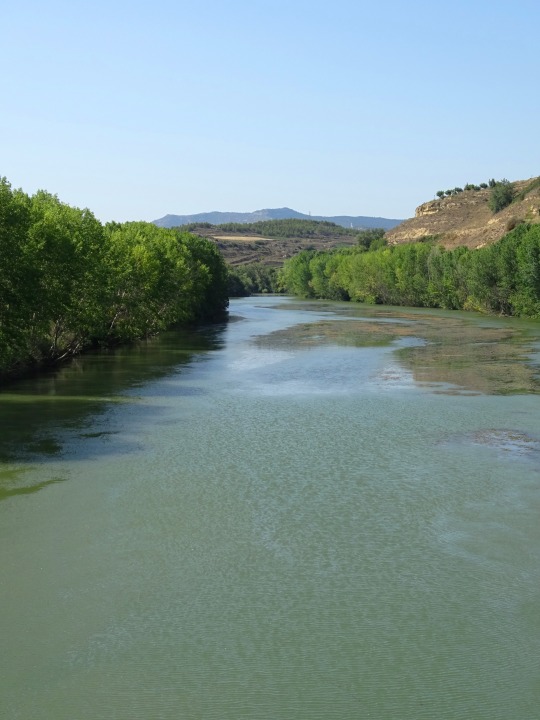
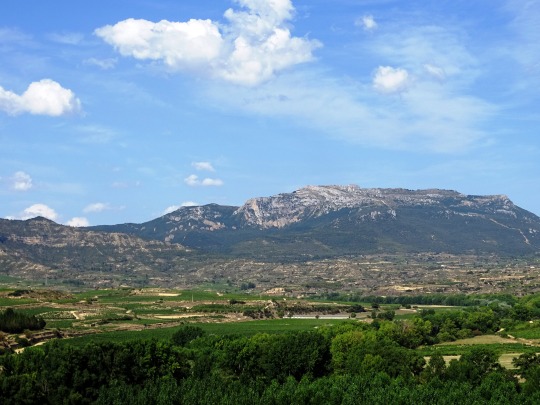
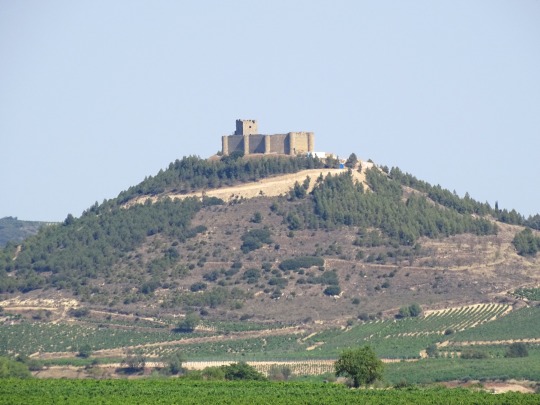
Wine Country, La Rioja (No. 1)
La Rioja is an autonomous community and province in Spain, in the north of the Iberian Peninsula. Its capital is Logroño. Other cities and towns in the province include Calahorra, Arnedo, Alfaro, Haro, Santo Domingo de la Calzada, and Nájera. It has an estimated population of 315,675 inhabitants (INE 2018), making it the least populated autonomous community of Spain.
It covers part of the Ebro valley towards its north and the Iberian Range in the south. The community is a single province, so there is no County Council, and it is organized into 174 municipalities. It borders the Basque Country (province of Álava) to the north, Navarre to the northeast, Aragón to the southeast (province of Zaragoza), and Castilla y León to the west and south (provinces of Burgos and Soria).
The area was once occupied by pre-Roman Berones, Pellendones and Vascones. After partial recapture from the Muslims in the early tenth century, the region became part of the Kingdom of Pamplona, later being incorporated into Castile after a century and a half of disputes. From the eighteenth century the Rioja region remained divided between the provinces of Burgos and Soria, until in 1833 the province of Logroño was created, changing the name of the province to La Rioja in 1980 as a prelude to its constitution under a single provincial autonomous community in 1982. The name "Rioja" (from Río Oja) is first attested in 1099.
The region is well known for its wines under the brand Denominación de Origen Calificada Rioja.
Source: Wikipedia
#Haro#wine country#La Rioja#Spain#San Vicente de la Sonsierra#travel#original photography#vacation#tourist attraction#landmark#cityscape#landscape#architecture#countryside#summer 2021#nature#flora#Northern Spain#Southern Europe#Ebro River#Davalillo Castle#España#vineyards#Bodegas Roda
3 notes
·
View notes
Note
Hey, I just found out I have Basque ancestry (through ancestry DNA test). I would love to learn more about Basque culture and history. I love reading, so is there any literature you could recommend that would be accurate? (A lot of books I've found call Basque, Spain and I know that's not right.) Also, very glad I found your blog here, it's great!
Kaixo and thanks for your message!
It's always recommended to start with the basics: Wiki articles like this and this (you can translate it using Google or any other online translator). Also Kondaira offers a general overview about Basque history and culture in English.
Regarding terminology, let me explain what you'll find. Since our country is a stateless one, you'll find Pays Basque (for the part in France), Euskadi & País Vasco (for the part in Spain), Navarre or Navarra (also in Spain and since it's officially another autonomous community most of the sources don't include it). English "Basque Country" is a big container that may refer to the Spanish side or the French side. The term most Basque people like to use is Euskal Herria.
The Basque History of the World by Mark Kurlansky is a nice general view written in English. Also, Auñamendi Enciclopedia is a treasure of valuable info, also available in English.
I could recommend you more readings regarding historical issues, politics, etc, but they're useless if you don't know the basics ^_^.
16 notes
·
View notes
Text
hello everybody, your friendly spaniard is here back to talk about references to spanish culture in pokemon scarlet and violet while i play the games !!! here's my previous post btw
this one's gonna be a bit shorter cause i haven't been able to play much (uni assignments are a pain in the ass), but i think i found some cool details and wanted to show them to you :)
so, this post is gonna be about one area of the game: casseroya lake. i defeated the titan and wanted to explore it a bit, and at first i didn't see any obvious references to spain so i wasn't really looking hard or taking pictures or anything. from time to time i came across trainers with suspicious names that could lead to something more but i didn't have my hopes up cause, as i have said in another post, all trainers in mount glaseado are basque and i didn't really think we were gonna get something similar in another area.
UNTIL i got to dragon tamer sabela, and something clicked. the suspicious names i had seen until them were like maybe galician maybe not??? i have to add that i don't really know much about galicia or its culture, i've literally only been to lugo one day like last year, that's it. i know, shame on me. anyways, after those names that made me a bit wary, i came across sabela which for me is THE quintesential galician name (if you think you know why i would so strongly associate sabela with galicia try and guess <3). anyways, after her i started paying attention to the other trainers i encountered and they confirmed it: this area is galicia and all the trainers have galician names. i don't have pics from those first ones, but here are some very clearly galician names
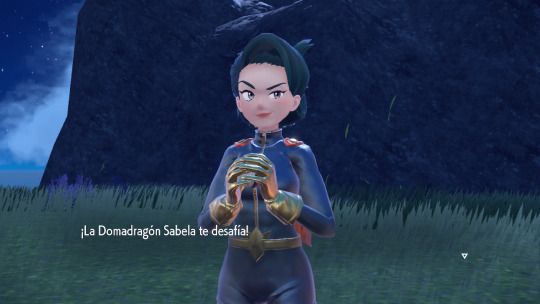
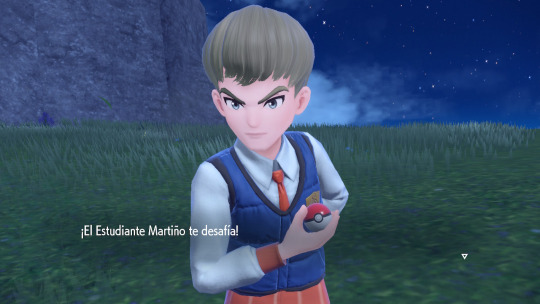


after i realized this was galicia, i started looking more into it, paying more attention and opening my mind. and i realized more stuff. bear with me, again, i know very little about galicia, and places like socarrat trail might have a very clear inspiration somewhere there that i couldn't see. i noticed some other stuff, tho. for example, the topography of the lake area and the little rivers that flow into the sea are literally just rías, which are the most known galician geographical elements. here's a side by side from the game's map and google maps:
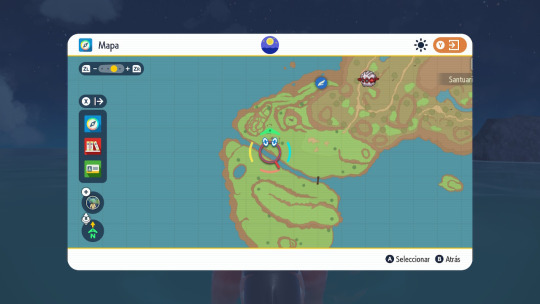

and from the ground:

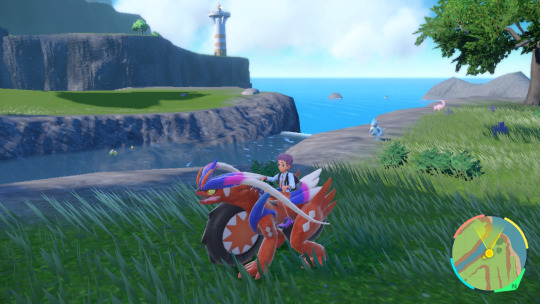
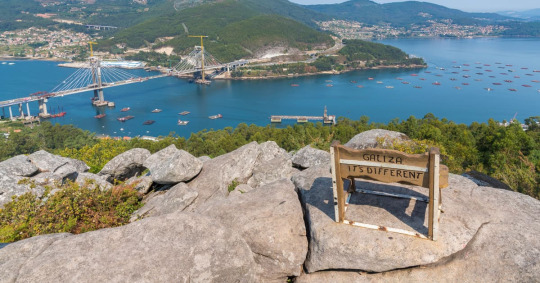

the little beach and islands you can find nearby just by porto marinado are very probably references to the cíes islands
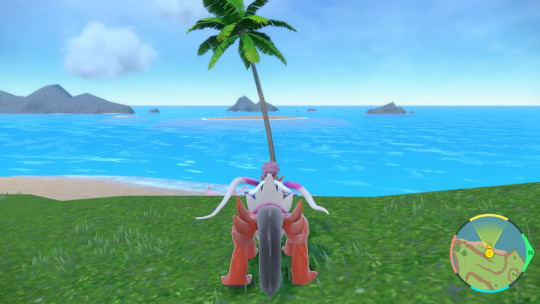



speaking of porto marinado, i talked about its market place and didn't make much of it at first but, in perspective, it could very well just be a galician seaside town; galicia is the largest autonomous community in terms of fishing and fisheries, and its gastronomy also heavily relies on fish and seafood. once again, i don't know if there's a particular galician town that could be the basis for porto marinado; the ones that come to my mind first are ferrol (i think it's the largest port in galicia but i might be wrong), cariño (btw cariño is a term of endearment in spanish like honey or dear which automatically makes this the uwuest town in the country), combarro (prettiest town in galicia according to tons of people), and sanxenxo (resort town for the rich).
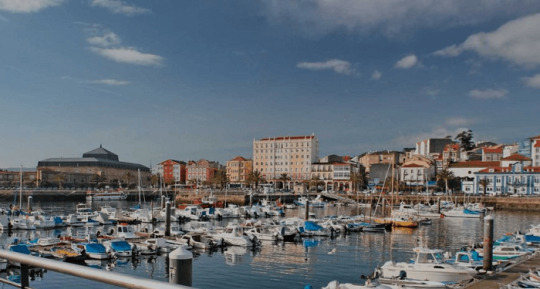



also!!! the lighthouse next to porto marinado is probably a reference to the tower of hercules, built by the romans in the 2nd century, it is the oldest working lighthouse in the world and has cool myths associated with it, both roman and celtic (you can read them on wikipedia they're pretty neat)

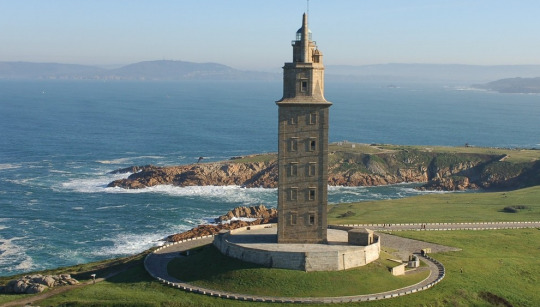
finally, the most obvious reference to galicia is one of the ten wonders of paldea. i have no idea what's its name in english, but in spanish they're the rocas graciñas (graciñas rocks). fun neat trick to recognize galician words / surnames: if you see a word ending in -iño / a or -eiro / a, it's probably galician. 'graciñas' is like a stereotypical way galicians say 'thank you' in spanish (gracias is thank you), but i don't really know if it's a stereotype or if they really do say it. anyways, they're probably a reference to the costa da morte (coast of death), which made me wish there was a shipwreck you could explore in the area (they don't call it death coast for nothing lol). also they lost a great oportunity to have binacle and barbaracle spawn in this area, cause barnacles are really popular in galicia, there's even a traditional job called percebeiras dedicated to 'fishing' them, it's listed as one of the most dangerous jobs in the world.



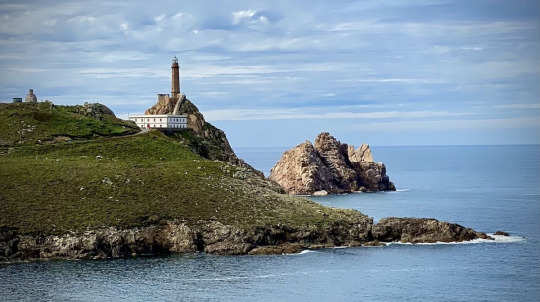

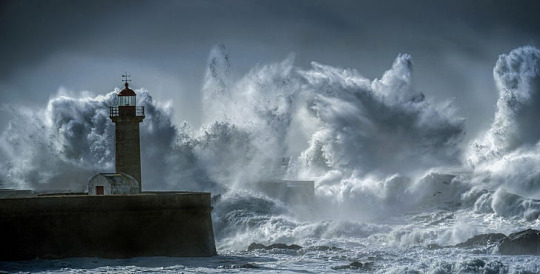
i can't believe i was about to post this without mentioning the elephant in the room. that is, casseroya lake itself. galicia doesn't have any mayor lakes (that i know of?) but the largest lake in spain is very close to galicia; it's lake sanabria, in the province of zamora! that is the only logical inspiration behind casseroya lake, there aren't really that many large lakes in spain and especially not in the northwest, there's only sanabria lake.
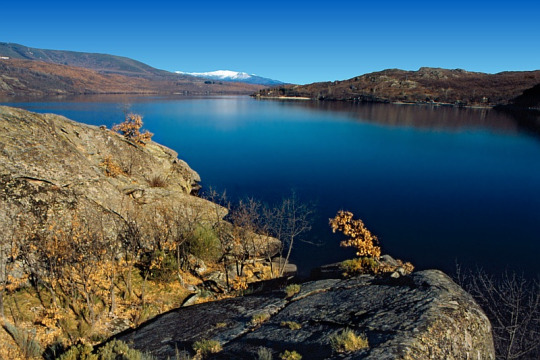

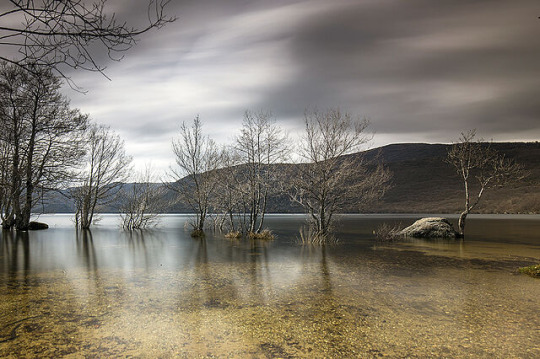
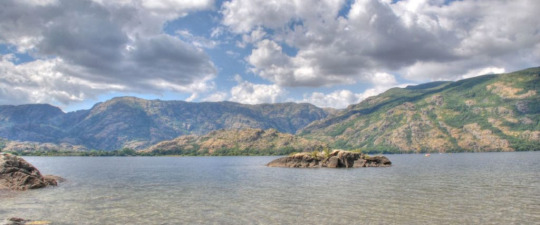
and that's basically it! it's nice that they included galicia here even if i still think they could've done a galician city / town, or maybe some ruins in the form of a castro, something like that. anyways, it's something i guess.
this also made me think that i should've been paying more attention to the names of trainers throughout the region cause there's probably more patterns like these that i missed. like there's at least one area full of catalan names for sure, and i fear i've missed it. when all the trainer info is done in wikidex i'll go over them to see if i find something more. for now i looked at the names for this area and glaseado mt in english and they're just normal spanish names :/
anyways, i'll try and pay more attention for the areas in paldea i've yet to discover!!! (basically the area around the fighting team star squad and area zero). hope you liked this deep dive into galicia!
#pokemon#pokemon scarlet and violet#pokemon sv#pokemon spoilers#pokemon sv spoilers#i want to go to galicia so bad it's unfair#i loved lugo and i barely was there#galiza calidade <3#also i'm 100% i missed some things#if any galician wants to add stuff feel free to do so!!!!#also a hint for sabela: el cuarto de tula#it's very weird for me that there are so few references to galicia in this game cause it would be the first place i'd think about#if i wanted to make a pokemon region based on iberia#it's the most folklore-heavy area and it has so much stuff#maybe there's pokemon based on galicia i don't know#maybe when i go over the pokemon designs and names they'll prove me wrong
30 notes
·
View notes
Text
"Tholomyes is something of a Spaniard" bc 'Tolouse and Tolosa are cousins' (Tolosa is on the Basque Country, north of Spain) but then says it's a Gallega song (from galicia, another autonomous community from the North) and the song says "I'm from badajoz" which is in Extremadura, west & south of Spain.
#Les mis letters#Idk if this is hugo a) messing up b) does not care#Or c) making tholomyes look bad again in another subtle way#Its probably A and B I don't trust Hugo with facts#Also not that it matters much I just thought it was weird specially bc he had been in the basque country ?#A gallega might be something else idk and I don't have enough info on like wtf was up with dialects in xix century#But it sounds so weird for me for someone to go 'basque country! Galicia!' and then have a song that is not in basque nor in the gallician#Dialect#*galician#But like that is an insane amount of research to consider any of this for a song that doesn't do anything#Except hint that he's a playboy which we already knew#Anyway he made that song up that's enough work lol#Knowing that makes the oz os rhyme make sense..
6 notes
·
View notes
Text
Nationality versus ethnicity
Nationality is sometimes used simply as an alternative word for ethnicity or national origin, just as some people assume that citizenship and nationality are identical.[29] In some countries, the cognate word for nationality in local language may be understood as a synonym of ethnicity or as an identifier of cultural and family-based self-determination, rather than on relations with a state or current government. For example, some Kurds say that they have Kurdish nationality, even though there is no Kurdish sovereign state at this time in history.
A Soviet birth certificate, in which the nacional'nost' of both parents (here both Jewish) was recorded. These records were subsequently used to determine the ethnicity of the child, as specified in his internal passport.
In the context of former Soviet Union and former Socialist Federal Republic of Yugoslavia, "nationality" is often used as translation of the Russian nacional'nost' and Serbo-Croatian narodnost, which were the terms used in those countries for ethnic groups and local affiliations within the member states of the federation. In the Soviet Union, more than 100 such groups were formally recognized. Membership in these groups was identified on Soviet internal passports, and recorded in censuses in both the USSR and Yugoslavia. In the early years of the Soviet Union's existence, ethnicity was usually determined by the person's native language, and sometimes through religion or cultural factors, such as clothing.[30] Children born after the revolution were categorized according to their parents' recorded ethnicities. Many of these ethnic groups are still recognized by modern Russia and other countries.
Similarly, the term nationalities of China refers to ethnic and cultural groups in China. Spain is one nation, made up of nationalities, which are not politically recognized as nations (state), but can be considered smaller nations within the Spanish nation. Spanish law recognizes the autonomous communities of Andalusia, Aragon, Balearic Islands, Canary Islands, Catalonia, Valencia, Galicia and the Basque Country as "nationalities" (nacionalidades).
2 notes
·
View notes
